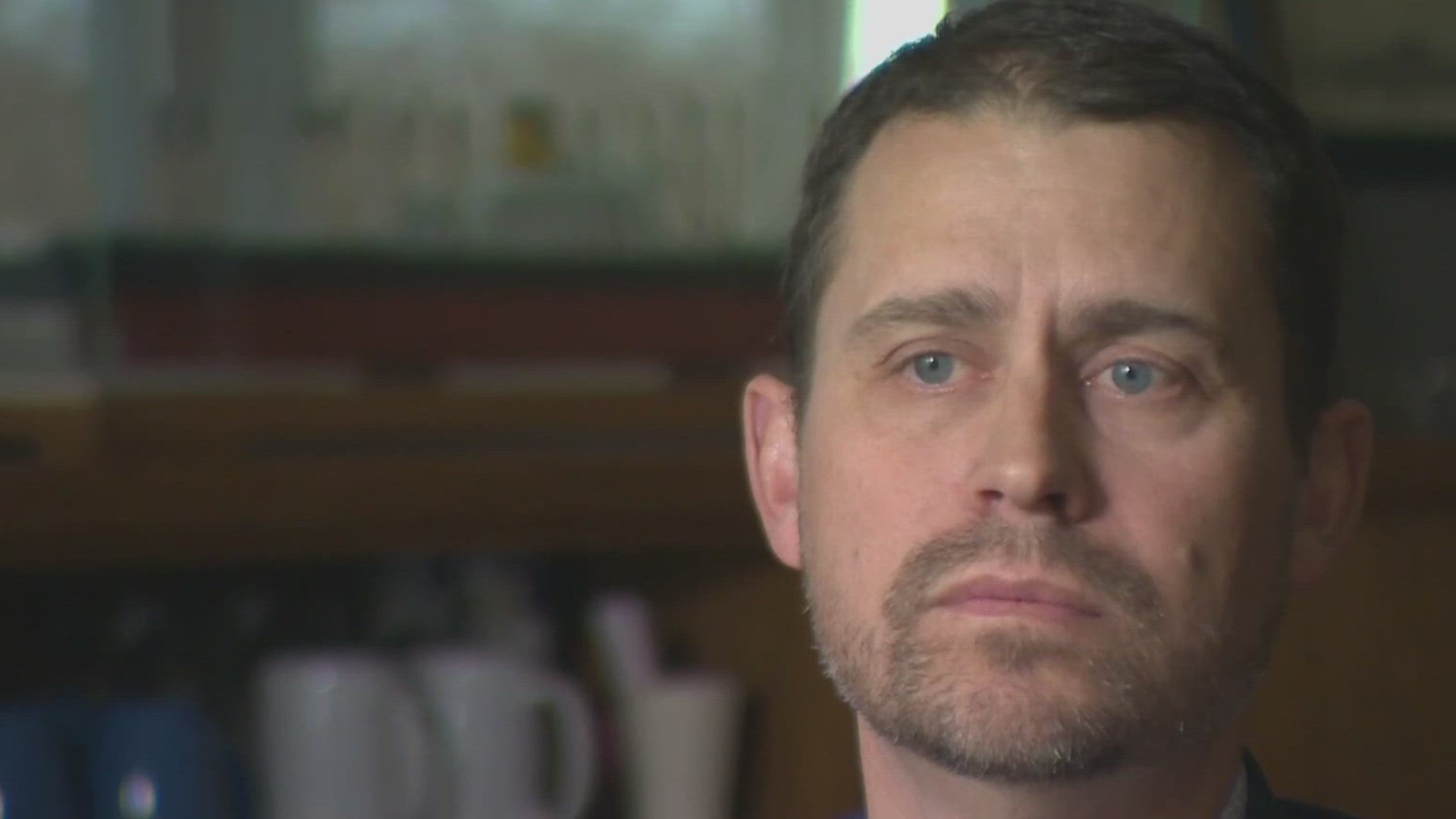PORTLAND, Ore. — After the Francis Scott Key bridge collapsed in Baltimore after being hit by a cargo ship early Tuesday morning, Columbia River Pilots are looking at their own safety measures. Columbia River Pilots take over navigation of ships through the river after the Columbia River Bar Pilots guide them into and out of the river from the Pacific Ocean.
Jeremy Nielsen, the president of Columbia River pilots, said on Wednesday morning, he had a meeting with the Coast Guard to analyze potential changes that could be made to enhance safety.
“Safety is our goal on this river to never have an incident like that,” Nielsen said.
Nielsen said it’s too early to determine what went wrong when the cargo ship hit the Francis Scott Key Bridge.
However, locally, one change that may be made is to add sensors to ships passing underneath a lower bridge in Longview. That would further ensure a boat has enough room to pass underneath in both low and high waters, Nielsen said.
Currently, ships use estimated data, which may be less effective in a situation with rapidly changing water levels.
“Navigating on the Columbia and Willamette River system is very challenging,” Nielsen said.
Already, 46 Columbia River pilots go through years of training before navigating $50 billion worth of cargo through the Columbia River annually.
Those pilots take over navigation of ships after Columbia River pilots pilot the ships into and out of the river from the Pacific Ocean.
Many Columbia River pilots operate a tugboat for years before training to become a pilot, Nielsen said.
“Our training program is 2.5 years long,” Nielsen said. “It’s very intensive — and after that, we have continued education.”
Pilots then go through simulations of emergency events to prepare for worst-case scenarios, Nielsen explained.
When navigating boats underneath bridges, Nielsen said pilots are in communication with bridge operators. They can also call on tugboats or the Coast Guard for help. Pilots also communicate with each other throughout the day, alerting one another of potential dangers along the Columbia, Nielsen said.
“To be a pilot on this river, you have many, many years of experience,” Nielsen said.

